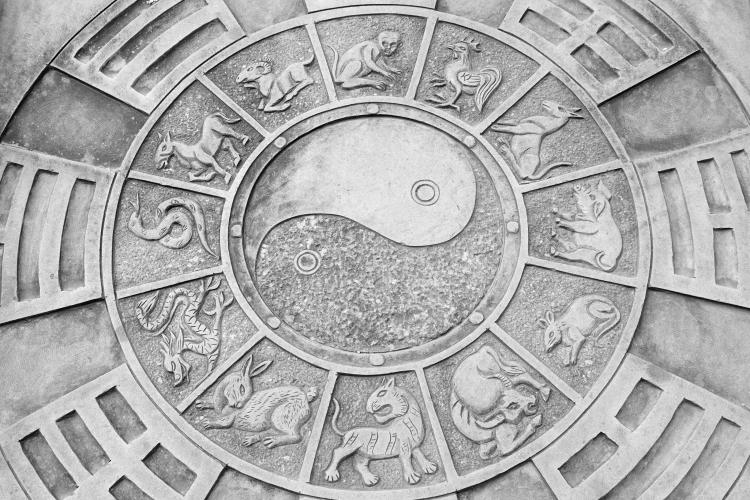
The Solstice is the most significant turning point during the year. For us in the Northern Hemisphere, the days start getting shorter and the nights longer. The June Solstice is often associated with change, nature and new beginnings. Itís considered the beginning of Summer for us, because the oceans stay warm for months afterward and keep the weather warm for us on land too. People around the world celebrate the Summer Solstice with feasts, bonfires and traditional songs and dances.
Solstice comes from the Latin words sol, meaning Sun and sistere, meaning to come to a stop or stand still. On the day of the June solstice, the Sun reaches its farthest north position, as seen from the Earth, and stands still over the Tropic of Cancer. It then reverses its direction and starts moving south, until it reaches its position farthest south in the sky over the Tropic of Capricorn, stands still, and then reverses its direction towards the north again. In ancient China, the Summer Solstice was observed by a ceremony to celebrate the Earth, femininity, and the yin forces. It complemented the Winter Solstice that celebrated the heavens, masculinity and yang forces.

Some believe that the great stone circle of Stonehenge was erected in Britain around 2500 BCE in order to establish the date of the Summer Solstice. Viewed from its center, the Sun rises at a particular point on the horizon on Solstice Day. Thousands of people, including modern-day druids and pagans, gather at Stonehenge for this occasion.
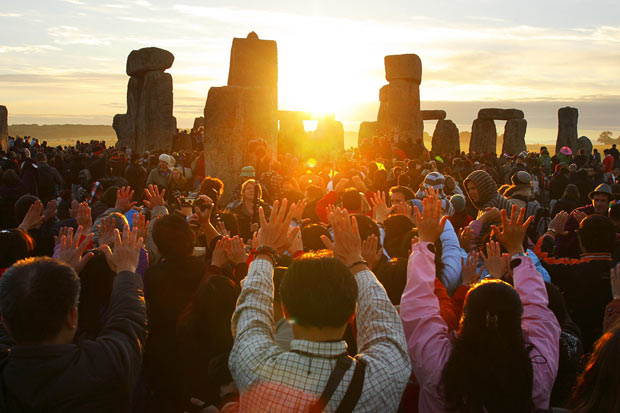
In Scandinavia, Midsummer is a festive celebration. When the summer days are at their longest, festivals celebrate the summer and the fertility of the Earth. In Sweden and Finland people dance around Maypoles at the Summer Solstice. Bonfires are lit and homes are decorated with flower garlands, greenery, and tree branches.*1

The circle and the spiral are the mathematical forms of Earth and the heavens. We are all the children of the great wheel we call planet Earth, which turns in two great circles, the day and the year. At the solstice, in our music and dances, we celebrate this great wheel forever turning. So the circle is a prime symbol of the solstice, and the cycle of the seasons of which it is the golden climax.
Actually, the circle is known in math to have 360 degrees. Not many people know why this is so. But we know that the year has 365 ľ days in it, so the ancients rounded that off to 360, so that during its yearly circle around the Sun, the Earth travels almost exactly one degree each day, which is one Earth rotation, one rising and setting Sun. The Earthís circle around the Sun is also called the zodiac, which has 12 signs named after star constellations through which the Sun travels. But for most observers, the signs of the zodiac are not the stars, but 1/12th of the Earthís yearly circle. When the Sun reaches the Summer Solstice, as we mentioned, it sits directly over the Tropic of Cancer. This means today it is entering the sign Cancer, in the first degree of the sign. When the Sun reaches the Winter Solstice, it sits over the Tropic of Capricorn, the first degree of Capricorn. The signs of the zodiac are the 12 seasons of the year. Each sign is a month long, 30 degrees, about the length between one new moon and the next. The word month comes from the word moon. A solar eclipse is an exact new moon.

Synchronicity can lead us to wisdom. When I first started playing the organ again at this church last year, Rev. Nancy asked me to practice our first hymn today, For the Earth Forever Turning. In my talk a few weeks ago, I mentioned that when I was 16, I asked the universe the question "what is beauty?" I found an answer at the time of the Summer Solstice, that beauty is love.
These days I find some of this beauty in these graceful patterns and motions of the Earth and Sky and their relation to our lives. The ancient Greeks like Pythagoras and Plato saw beauty in the forms of geometry like the circle and the proportions that make music possible. Plato decided that the universe was composed of the five regular convex shapes, which his colleague proved are the only 5 such shapes possible. Of the fifth Platonic solid, the dodecahedron, Plato said, "...the god used [it] for arranging the constellations on the whole heaven" (wikipedia). Since he also spoke of a circle of animal figures, and since the dodecahedron has 12 sides, it also referred to the 12 signs of the zodiac.
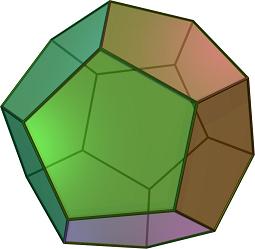
On the musical scale, jumping up five notes from C to G is called a fifth. Jumping from G to D is going up another fifth. Jumping fifths through all 12 keys of the scale gets you back to C. Jumping down five notes from C to F is a downward 5th, also called a fourth, because you can also jump up four notes from C to F. Continuing downward through all 12 keys brings you back to C again. This circle of fifths is like the spiral movement of the maypole ribbons or streamers through the 12 signs of the zodiac, the 12 seasons of the year, first downward from north to the south and then upward back to the north again. It is just like the 12 sides of the dodecahedron, which each have 5 angles. All music is based on the fifth and fourth tones within the circle of the octave and the circle of fifths. Put those numbers together, the 5th (also called the dominant), the 4th (called the subdominant) and the circle (or tonic, the basic starting tone and the Octave), and you get 540, the number of degrees within a face of a dodecahedron (5 x 108). You can see how it relates directly to the beauty of music.
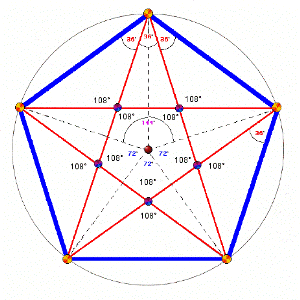
The 12 five-sided faces of the dodecahedron have within them the 5 pointed star, symbol of the goddess. The relation between the orbital circles of Sun, Earth and Venus describes a 5-pointed star. This is because Venus has its own solstice points. It stands still 5 times as it passes the Earth 5 times, before returning to the same place in the zodiac 5 Earth-passages later. Venus is the symbol of beauty, love and music. And since 13 orbits of Venus equals 8 of the Earth, it also relates to the Earth and the Sun in a golden proportion, called fibonacci numbers, which nature and art uses to express Beauty and growth, and which is found everywhere within the 5 pointed star and the dodecahedron.
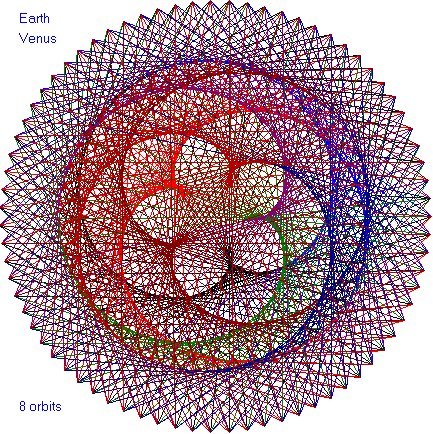
The Sun is just one of trillions of stars in the heavens. Usually they are seen as created by the physical force of gravity, and powered by the strong force of nuclear fusion. But what if itís love and beauty that makes the world go round and the stars shine? Rupert Sheldrake contends that the sun organizes itself, and is therefore in some way alive. He mentions that children draw the sun with a smiley face, which is the Sunís radiant personality. Plato defined the soul as what is self-moving. The Sun expresses the radiance of light and power that creates the world, and our own souls are miniature Suns. At the solstice, our soul is revealed. The great hermetic law is as above, so below, the greater reflected in the lesser, which we observe in fractals and holograms, and which tells us that everything in the sky is within ourselves too. Today at the Summer Solstice, we celebrate the Sunís unlimited creative potential, the blinding, ecstatic, radiant light of total liberation and higher god consciousness.
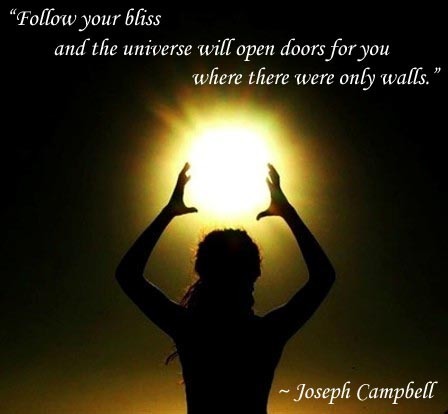
According to physics itself, the uncertainty principle makes the Sun shine *2, but position and motion canít be measured at once. The Sunís solstice, and the solstice of Venus, is stillness of position; and represents the perfect, still abstraction of beautiful form. But right away the Sun is moving again, and the light becomes less blinding as we move back toward winter, and the spiral sundance of the seasons changes directions. So today we also celebrate the yin and feminine principle of the goddesses Luna and Venus that brought us to the Summer Solstice, our liberation and our love. For beauty is not only mathematical and still, but wiggly, spontaneous, fluid and immeasurable too, because the Earth and Sky are always in circular motion. In our souls, we are the female Moon as well as the male Sun, and thus both receptive and expressive. Like breathing in and out, we learn to let go as well as express ourselves. Our sundance is a moondance too, and we move lightly like faeries. We wind and unwind; we spiral to the left, and then we spiral to the right. We are still, and we move; we give and receive. When liberated, we inwardly do both together simultaneously. This is the cosmic divine marriage of male and female, which our Earthís silvery Moon makes visible in a total eclipse of the golden Sun, because their sizes are in exact proportion, and because the Sun is 108 times as far away, one fifth of 540, the same number as the angles within the 5 pointed star of Venus. And the marriage is certified by their circles, the beautiful faerie ring made of the two most radiant metals in nature, gold and silver, which according to the hermetic law, as above, so below, reflect the exact colors of Father Sun and Mother Moon.
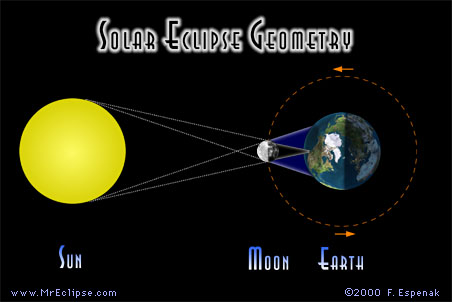
*1. https://www.timeanddate.com/astronomy/facts-about-june-solstice.html
*2. Alok Jha, The Guardian, Sun 10 Nov 2013
extra notes (not included in the reflection at First UU)
The uncertainty principle says position and motion are polar, and so are energy and time. Energy is eternity, because it is constant expression, like the Sun, while time is the changing tides and phases of the Moon.
The Universe as a Phi-based Dodecahedron
May 1, 2012 by Gary Meisner
New findings in 2003 reveal that the shape of the Universe is a Dodecahedron based on Phi.
In October 2001, NASA began collecting data with the Wilkinson Microwave Anisotropy Probe (WMAP) on cosmic background radiation. Like visible light from distant stars and galaxies, cosmic background radiation allows scientists to peer into the past to the time when the universe was in its infancy. Density fluctuations in this radiation can also tell scientists much about the physical nature of space. NASA released the first WMAP cosmic background radiation data in February of 2003. In October 2003, a team including French cosmologists and Jeffrey Weeks, a freelance mathematician and recipient of a MacArthur Fellowship or "genius award," used this data to develop a model for the shape of the universe.
The study analyzed a variety of different models for the universe, including finite vs. infinite, flat, negatively curved (saddle-shaped), positively curved (spherical) space and a torus (cylindric). The study revealed that the math adds up if the universe is finite and shaped like a dodecahedron, as in the illustration provided by Weeks
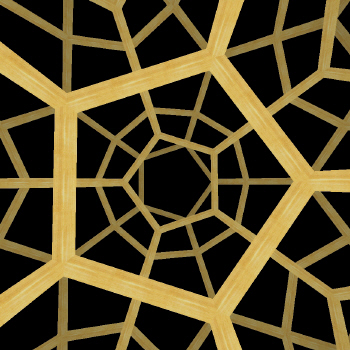
More on the phi or golden proportion here and here
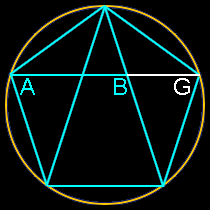
(Plato was right?!)
Homepage for E. Alan Meece/Eric Meece
First Unitarian Church of San Jose
My essays for the UU Band of Writers
Bach's Toccata in F BWV 540, a beautiful musical map of the universe. See especially the Venus/heart chakra section
Links page on the Toccata in F site has lots more esoteric references
The mystical meaning of number 108
Silver Droplets by Andrew Lahiff elicits many of the themes mentioned in this essay
Leonard Bernstein explains clearly the circle of fifths and the other basic intervals in the scale